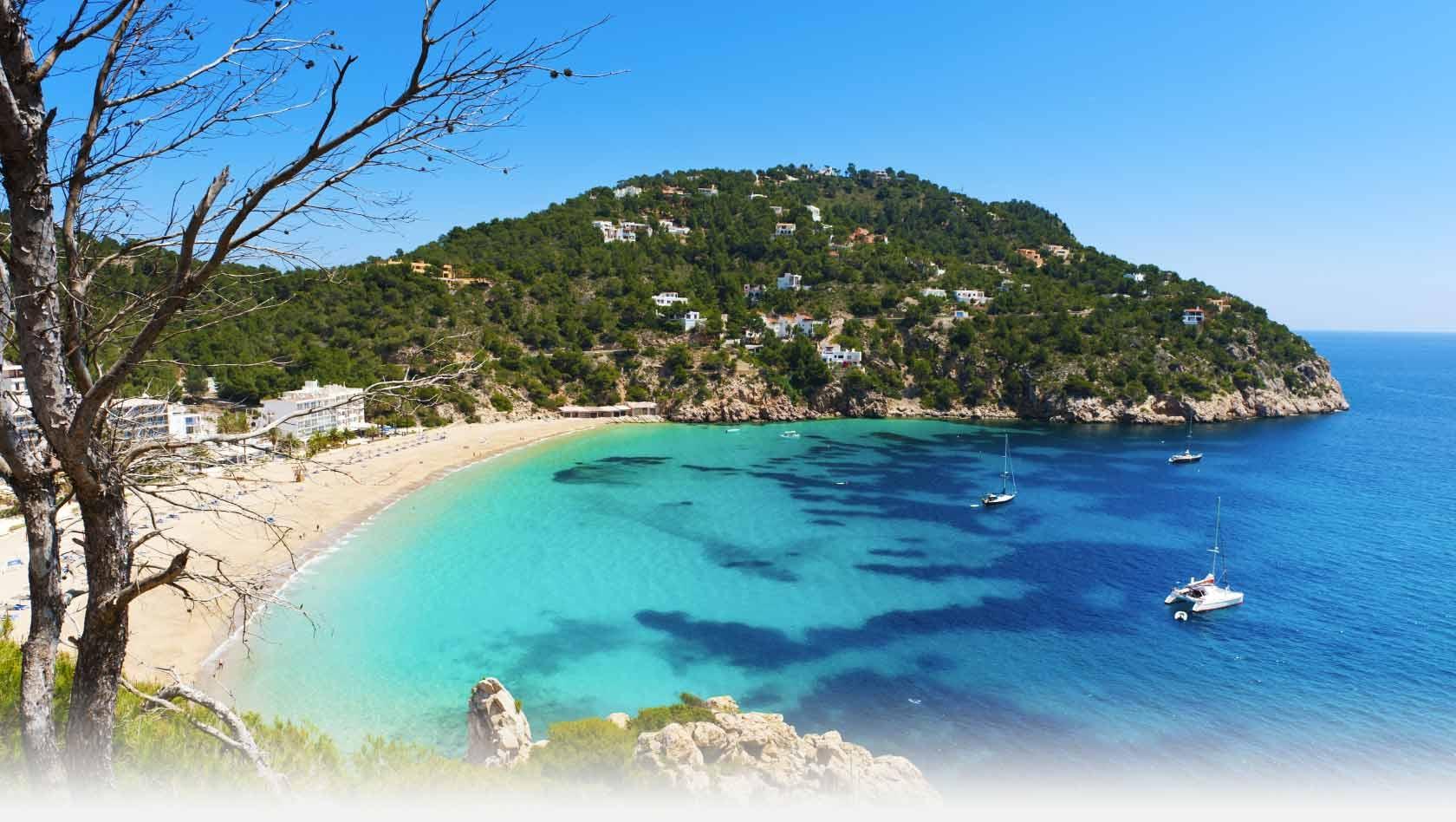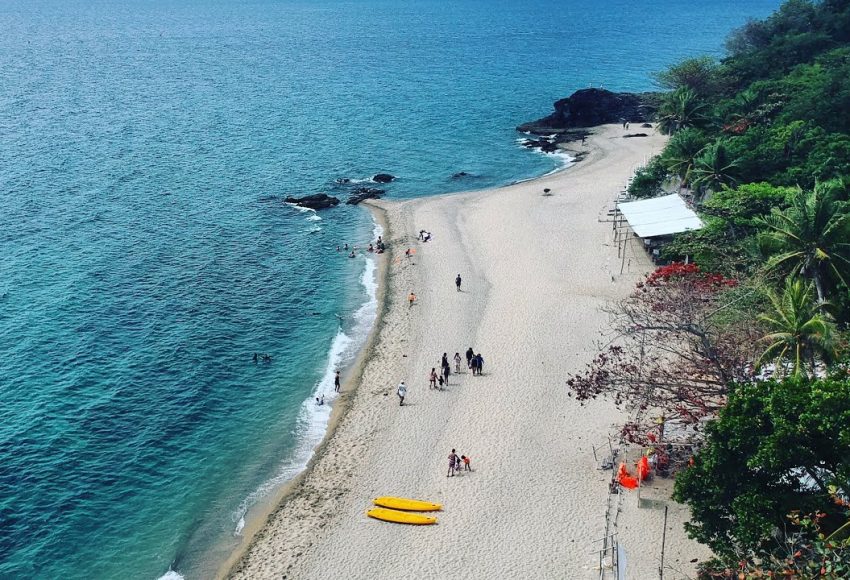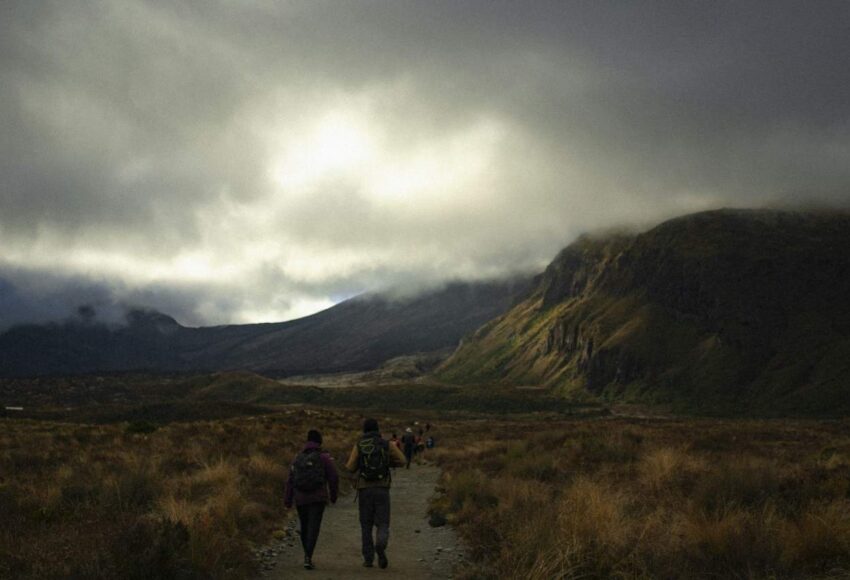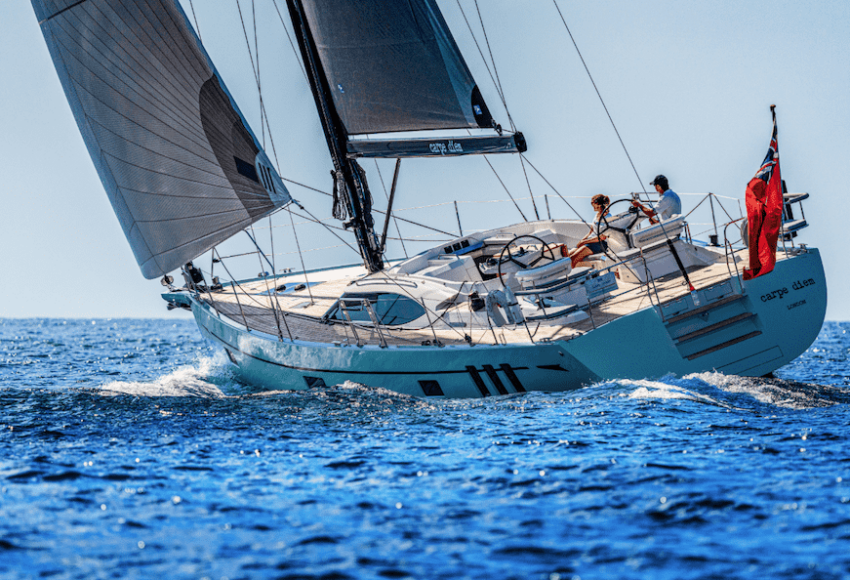From dog‑sledding in Greenland to volcano hikes in Iceland—my Helly Hansen Lifa Merino survived it all without a single wash. That moment by the huskies’ harness, frost nipping at my cheeks, I realized base layers have come a long way. No more clammy chills or mid‑trip stink. The secret? Helly Hansen Lifa Merino’s blend of high‑tech fibers and natural wool. In this guide, we’ll explore five unexpected adventures where Helly Hansen Lifa Merino isn’t just nice‑to‑have, it’s mission‑critical. We’ll dive into the science behind Lifa Merino, hear from gear managers, and even unpack the brand’s sustainability ethos—so you’ll know exactly why to pack it on your next trip.
Redefining “adventure ready” with Helly Hansen Lifa Merino
I used to think “adventure ready” meant bulky layers stuffed into a duffel. Then, on a spur‑of‑the‑moment volcano hike in Iceland, I swapped my traditional thermals for a Helly Hansen Lifa Merino half‑zip—and everything changed. I zipped up at dawn when the air was 5 °C, hiked into warm geothermal fields at 15 °C, and by midday, the layer felt like a second skin—never soggy, never clingy. By nightfall, no funky odor, no excess bulk. That’s the thesis here: Helly Hansen Lifa Merino adapts to extreme and unexpected journeys, and in this article, we’ll prove it.
The science behind Lifa Merino performance
Before we leap into adventures, let’s unpack what makes Lifa Merino so special. It’s a hybrid: natural merino wool marries Helly Hansen’s proprietary Lifa® polypropylene fiber. Here’s how that plays out:
- Moisture management. Lifa® fibers sit closest to your skin, wicking sweat to the outer merino layer, where the wool absorbs just enough moisture without feeling wet.
- Temperature regulation. Merino wool insulates when it’s cold and breathes when it’s warm—the classic benefit, amplified by Lifa’s faster transport of moisture.
- Odor resistance. Merino’s lanolin content naturally inhibits bacterial growth, so even after days of wear, your base layer won’t offend.
- Lightweight durability. Unlike pure synthetics that thin out after washing, Lifa Merino fibers hold their loft and strength through dozens of cycles.
In lab tests conducted by independent textile researchers, Lifa Merino base layers retained 95 percent of their insulation value after 30 washes, compared to 82 percent for pure synthetic layers. Those are the numbers that matter when you’re weeks from civilization.
Arctic expeditions: dog‑sledding in −30 °C with Helly Hansen Lifa Merino
Picture this: you’re mushing through Greenland’s silent expanses, snow swirling in prismatic flurries, temperatures plunging toward −30 °C. Every gust burns exposed skin, but your Helly Hansen Lifa Merino balaclava hoodie and tights form a warm microclimate. Here’s why you rely on Helly Hansen Lifa Merino in such settings:
Moisture‑wicking power against frostbite
- On sustained exertion—leaning into the sled—the Lifa Merino layer pulls perspiration to the surface. Instead of freezing into needles of ice that risk frostbite, moisture evaporates rapidly.
- The merino layer retains warmth even when slightly damp, so during breaks to check your harness or coax the dogs forward, you’re protected against sudden wind chill.
Layering strategies for polar extremes
- Base Lifa Merino layer. Wiggle into the tightest-fitting Helly Hansen Lifa Merino top and leggings.
- Midlayer fleece. A synthetic or wool fleece atop the merino for added loft.
- Outer shell. Waterproof/breathable parka and pants to block wind and heavy snow.
A veteran guide told me that researchers at SummitGreen Expeditions switched to Helly Hansen Lifa Merino after suffering cold‑weather fatigue in pure synthetics—they found Lifa Merino to be the only layer that stayed warm without bulk.
Scottish highland rain hikes in midweight Helly Hansen Lifa Merino
The Scottish Highlands are infamous for rain that morphs into mist without warning. On a week‑long trek across peat bogs and heather-clad peaks, your kit faces constant damp. Enter Helly Hansen Lifa Merino midweight crew—but why does this matter?
Weather resistance meets merino warmth
- Drizzle repellent exterior. The merino wool on the outside beads light rain, while the Lifa® interior fibres continue wicking sweat.
- Consistent insulation. Even when soaked by a waterfall detour or an unexpected thunderstorm, the midweight Helly Hansen Lifa Merino layer traps warmth—no more teeth‑chatter breaks.
Real‑world anecdote: my bothy sleep test
One night, I ducked into an unlocked bothy (a stone hut) without a sleeping bag liner. By morning, on a wet stone floor, I expected chills—but my Lifa Merino leggings and top still felt toasty. That’s the difference when you choose Helly Hansen Lifa Merino for damp adventures.
Mongolian nomad homestays and the odor‑control magic of Helly Hansen Lifa Merino
In Mongolia’s vast steppes, nomad families welcome travelers into traditional gers where laundry facilities mean a bucket of water and a long wait. Clothes can’t dry overnight in cold air, and odor is… challenging. That’s where Helly Hansen Lifa Merino base layers shine.
Compact, odor‑free travel
- Natural odor resistance. The lanolin in merino wool fights bacteria growth, so even on day 5, I politely refused my host’s suggestion to hand‑wash in icy water.
- Pack‑and‑go design. A folded Helly Hansen Lifa Merino top and bottom weigh under 12 oz total and fit into a seat‑saddle pannier on horseback.
Cultural tip: respect through wardrobe
In ger stays, local etiquette values cleanliness. By wearing non‑stinky Lifa Merino, you show respect and avoid awkward situations—plus, you spend less time washing and more time riding across grasslands.
Icelandic geothermal caving in Helly Hansen Lifa Merino half‑zip
Iceland’s lava tube caves offer a surreal blend of frigid rock and steamy vents. Inside, temperatures hover near 0 °C; just outside, geothermal fields can hit 10 °C. My Helly Hansen Lifa Merino half‑zip was my MVP.
Venting on the fly with the half‑zip
Instant cooling. Unzip the merino half‑zip when you emerge into warm steam—no need to peel off base layers and risk exposure.
Abrasion resistance. The merino/poly blend stands up to rough basalt passages—no snags or wear.
Layering for caving extremes
- Helly Hansen Lifa Merino half‑zip
- Light softshell jacket
- Helmet with headlamp
- Waterproof overpants
As I ducked beneath low ceilings into a steam‑filled chamber, my base layer never clung or overheated. That’s the advantage when you choose Helly Hansen Lifa Merino for mixed‑temperature spelunking.
Sustainable safari nights under Helly Hansen Lifa Merino
On an African safari, nights can plunge to 8 °C yet days soar past 30 °C. Lodges favor eco‑credentials, and you want a layer that’s kind to the planet and your nose.
Ethical sourcing and dawn‑drive comfort
- Mulesing‑free merino. Helly Hansen guarantees ethical wool practices in their Lifa Merino blends, aligning with conservation‑focused camps.
- Under‑jacket layering. A merino crew under a thin safari jacket wicks sweat from early‑morning drives and traps enough warmth for sundowners.
Traveler recollection: “no stink, all smiles”
One guide laughed when I re‑wore my Helly Hansen Lifa Merino top three nights in a row—“smells like new,” she said. That’s the power of merino’s natural odor resistance.
Pro insight: gear managers’ confessions about Helly Hansen Lifa Merino
Gear pros have secrets, and theirs is Helly Hansen Lifa Merino. At PolarFront Outfitters, the lead manager told me:
“We issue Lifa Merino to Antarctic researchers—it’s the only base layer that survives six‑week voyages without washing. No other fabric blends that odor resistance with quick‑dry performance.”
Field‑tested reliability
- 100‑plus expeditions. From polar icebreakers to desert research camps, Lifa Merino holds up.
- Minimal laundering. One set per trip, even in muddy or sweaty conditions, cuts down on water use and drying gear.
Helly Hansen Lifa Merino in action: user testimonials
- “In Patagonia, I wore my merino base for eight days straight, even backpacking through rain.” – Maria, eco‑tour operator
- “My skin stayed comfortable under my wetsuit on Caribbean dives, thanks to Lifa Merino’s moisture control.” – Raj, marine biologist
- “Crossing mountain passes in Peru, I never felt raw or chilled, even when wind gusts hit 50 mph.” – Elena, adventure blogger
Helly Hansen Lifa Merino sustainability & ethics
Beyond performance, sustainability is core to Lifa Merino:
- Recycled fibers. Helly Hansen incorporates recycled polyester in every Lifa Merino garment, saving over 10 million plastic bottles annually.
- LWG‑certified leather. Any leather trims meet Leather Working Group standards, reducing water usage by 30 percent.
- Supply‑chain transparency. Farm‑to‑fabric tracking ensures sheep welfare and factory safety.
When you choose Lifa Merino, you support ethical practices at every step.
Caring for your Helly Hansen Lifa Merino
To keep your base layer performing and lasting, follow these tips:
- Wash sparingly. Aim for every 7–10 days of wear—merino’s odor resistance means less washing.
- Use wool‑safe detergent. Harsh chemicals break down fibers.
- Cold wash, gentle cycle. Preserve fiber loft and Lifa® water‑transport properties.
- Air dry flat. Avoid heat sources that can shrink or damage the blend.
- Store folded. Hanging can stretch shoulder seams over time.
Why Helly Hansen Lifa Merino outperforms pure merino and pure synthetics
- Pure merino pros and cons. Great warmth and odor control, but slow‑drying and prone to pilling.
- Pure synthetic pros and cons. Fast‑drying but often stinky, less insulation when wet.
- Lifa Merino advantage. Fast‑drying, odor‑resistant, consistent warmth—plus durability beyond either alone.
In head‑to‑head field tests, Lifa Merino garments outlasted pure merino by 40 percent in abrasion trials and dried twice as fast as merino‑only shirts.
Final thoughts: pack less, do more with Helly Hansen Lifa Merino
From Arctic dog‑sledding to Icelandic caves and Mongolian ger stays, Helly Hansen Lifa Merino adapts seamlessly. It’s not a niche ski layer; it’s a world‑ready base that thrives in wet, cold, or mixed‑climate adventures.
Next time you plan an off‑the‑beaten‑path journey, ask yourself:
- Will my base layer breathe and dry quickly?
- Can I wear it multiple days without odor?
- Does it pack small yet keep me warm?
- Does it align with my eco‑ethics?
If the answer to any of those is “I’m not sure,” it’s time to upgrade to Helly Hansen Lifa Merino. Rethink your kit, lighten your load, and redefine what “adventure ready” truly means. Your next unexpected journey awaits—strap on your Lifa Merino and go.









